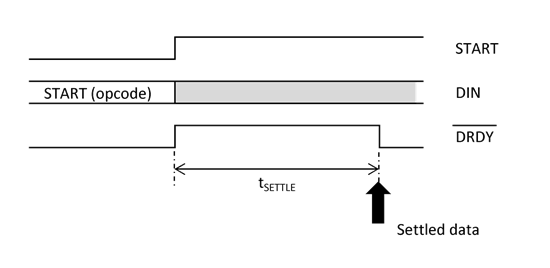Hi,
We are using ADS 1292 in our project. And we have configured it for 250 samples/second and continuous conversion. It's data ready interrupt is connected to MicroController.
So it should generate interrupt at every 4 ms. We ran it for 1 minute and we found that around 15-20 times the interrupt came at the duration of 17-20 ms. And because of that we missed few samples.
Has anyone observed/faced this issue? What could be the possible solution for the same?
Thanks,
Dhaval



